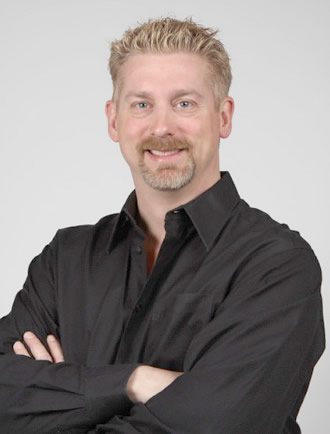ABOUT O3 CANADA
 Born and raised in Alberta, Canada, Mike is actively engaged in keeping pace with new challenges and opportunities in the field of home inspection and ozone shock treatment.
Born and raised in Alberta, Canada, Mike is actively engaged in keeping pace with new challenges and opportunities in the field of home inspection and ozone shock treatment.
He continues to deliver quality instruction that is both timely and accurate. This involves understanding and incorporating new and revised licensing stipulations and ensuring all aspects of these stipulations are accounted for in a transparent and accountable fashion.
Based out of Edmonton, Alberta, Mike travels to major city centers in Canada to deliver instruction and continues to advance learning objectives in home inspection, mold inspection and ozone shock treatment.
Given Mike’s high level of expertise as a Certified Master Home Inspector (CMI) in the field, he teaches more than 200 students annually, and continues to raise the bar in terms of accrediting professional home inspectors and ozone shock treatment specialists as well as instruction on mold inspections and remediation. Having professionally inspected 100’s of homes, Mike Howard is recognized as a highly qualified instructor and leader in the field of ozone shock treatment, mold and home inspections. Group rates are available.
Quality Instruction in:
♦ Ozone Shock Treatment ♦ Mold Inspection ♦ Home Inspections
♦ Home Inspections Mentoring ♦ Test Inspections Peer Review – TIPR
What Is Ozone?
Ozone is a molecule that consists of three oxygen atoms (O3), with a delta negative and a delta positive electric charge. The ozone molecule is very unstable and has a short half-life. Therefore, it will decay after some time back into its original form of (O2) oxygen. Ozone or (O3) is sometimes called “activated oxygen”, containing three atoms of oxygen rather than the two atoms we normally breathe.
In essence ozone is nothing more than oxygen (O2), with an extra oxygen atom. In nature ozone is produced by some chemical reactions. The most familiar example is of course the ozone layer, where ozone is produced from the sun’s ultra-violet (UV) rays. But ozone is also produced by thunderstorms and waterfalls. The extreme high voltages produced within thunderstorms also produce ozone from oxygen. The special “fresh, clean, spring rain” smell is from nature-produced ozone. The word “Ozone” is derived from the Greek word ozein, which means to smell.
Ozone is only produced under extreme circumstances. This can also be created by ozone generators. Ozone generators produce ozone with extreme high voltages or with UV-light.
How Does Ozone Work?
Ozone operates according to the principles of oxidation. When the static loaded ozone molecule (O3) contacts with something that is “oxidation able”, the charge of the ozone molecule will directly flow over to it. This is because ozone is very unstable and prefers to turn back to its original form of oxygen(O2).
For the most part, ozone is applied in municipal wastewater and potable water treatment plants (for disinfection). However ozone is used more and more in the industrial branch. In the food industry for example ozone is used for disinfection and in the paper and textile industry it is used for the oxidation of wastewater. The main benefit of ozone is its clean character. That is, it creates almost no by-products. Because ozone has a strong recognizable odor, very low concentrations will soon be perceived. This makes it generally safe to work with ozone.
How Is Ozone Produced?
Ozone can be produced artificially according the same principle as it occurs in nature, which means by either UV light (ozone layer) or via corona-discharge (high voltages,lightning). In both methods the bonds between the oxygen molecules are broken apart. Consequently an oxygen radical is produced, which will, in turn, bind with the another oxygen molecule to form O3 (ozone).
O3Canada employs both methods in our generators.Most equipment in the past used the corona discharge method. Equipment utilizing UV is now becoming the standard since new technology has allowed higher amounts of ozone to be produced using super HO tubes and new adjustable ballasts allow variable outputs with UV ozone.
UV ozone is also the purest, most reliable, and have the least maintenance of any generator available.







